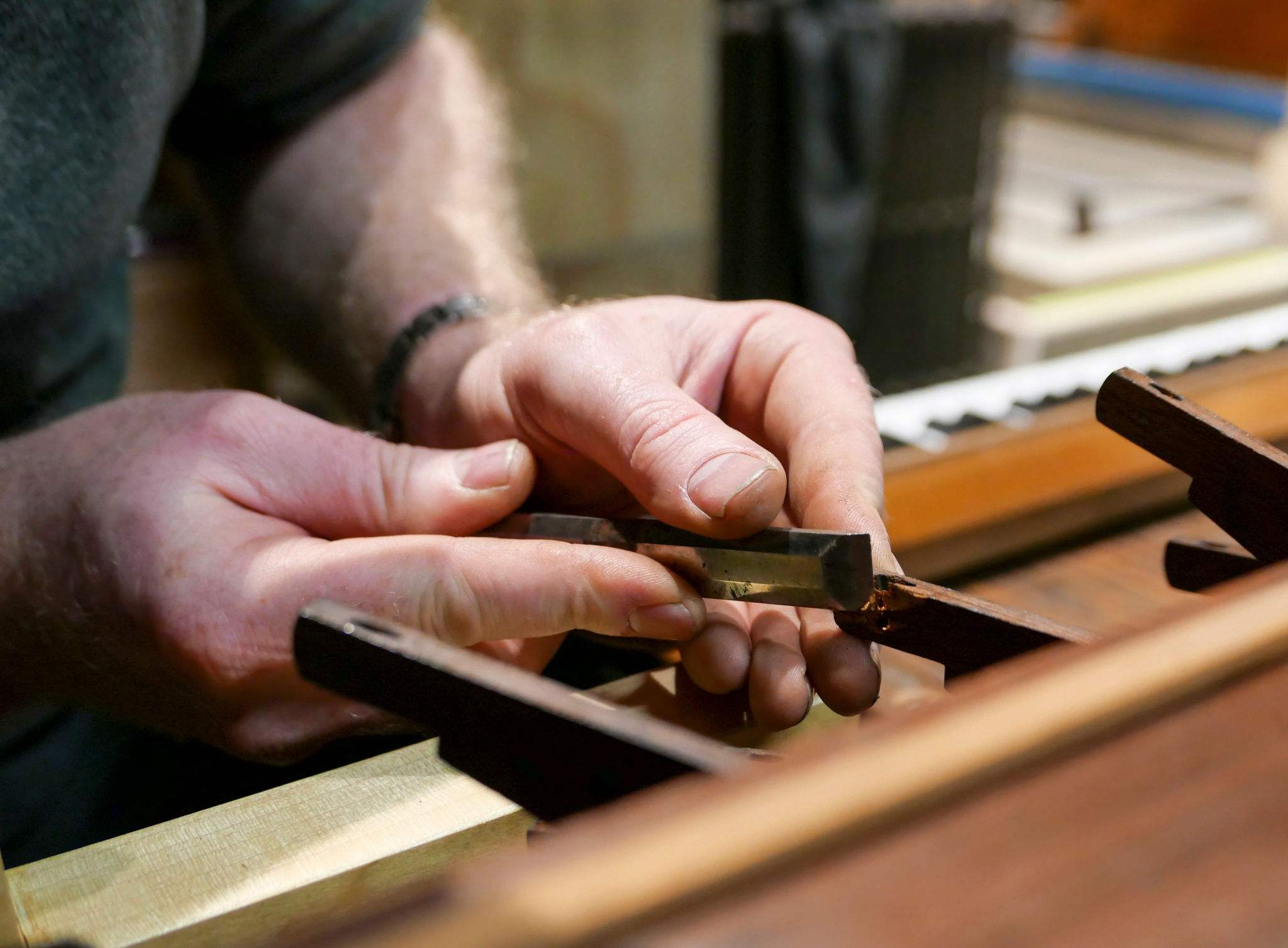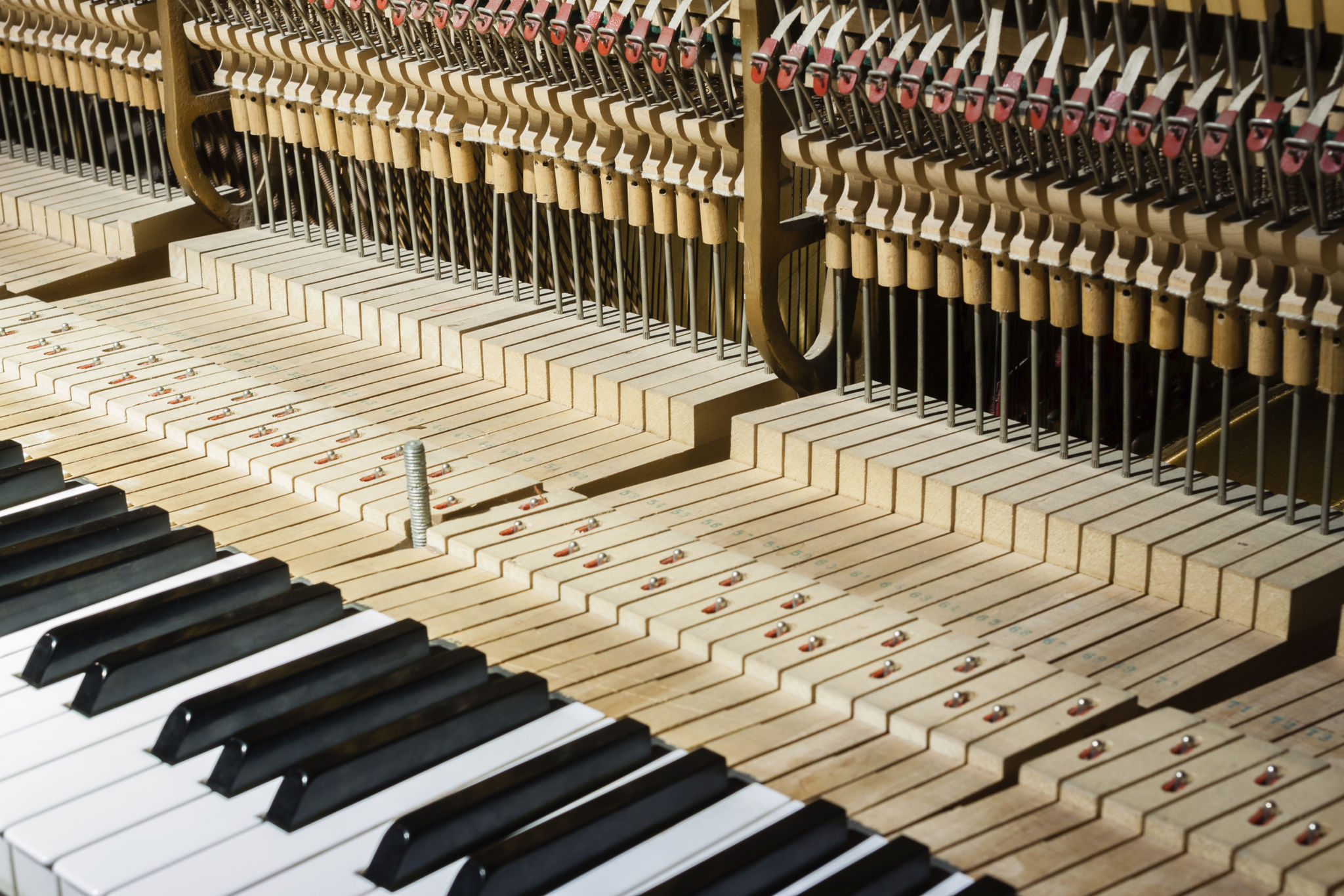Expert Insights: Common Piano Restoration Mistakes to Avoid
Understanding the Basics of Piano Restoration
Restoring a piano is a delicate process that requires attention to detail and a deep understanding of the instrument's mechanics. Whether you're a professional restorer or a passionate hobbyist, knowing what to avoid can save you time, money, and frustration. In this post, we'll explore some common mistakes in piano restoration and how to steer clear of them.
One of the most critical aspects of piano restoration is understanding the original design and materials of the instrument. Each piano is unique, and using inappropriate materials or techniques can significantly impact the sound and longevity of the piano. Always research the specific make and model of your piano before beginning any restoration work.

Neglecting the Importance of the Soundboard
The soundboard is often referred to as the heart of the piano. This large wooden panel amplifies the sound produced by the strings. A common mistake in restoration is ignoring cracks or damage to the soundboard. Even small cracks can affect the sound quality and should be repaired by a professional.
When restoring a soundboard, ensure that you use materials that match the original specifications. Replacing a soundboard is complex and typically requires expert attention. Improper repairs can lead to further damage, so it's crucial to prioritize this component during your restoration efforts.

Overlooking the Importance of Tuning Pins
Tuning pins are essential for maintaining the correct pitch of each string. One frequent mistake is reusing old, worn-out tuning pins without assessing their condition. Over time, tuning pins can become loose, leading to tuning instability. Always replace damaged or worn pins with new ones that fit snugly into the pin block.
When installing new tuning pins, ensure they are driven to the correct depth. If they are too shallow, they might not hold tension properly; if too deep, they could damage the pin block. Precision in this area is key to achieving a stable and harmonious tune.

Improper Re-stringing Techniques
Re-stringing a piano is an intricate task that requires skill and patience. One common error is using incorrect string gauges. Each piano model has specific string requirements, and using inappropriate gauges can affect sound quality and tension balance.
It's important to follow a systematic approach when re-stringing. Typically, start from the center of the piano and work your way outwards to maintain even tension distribution. Take care to wind the strings correctly around the tuning pins to prevent slippage.
Ignoring Action Mechanism Adjustments
The action mechanism of a piano involves thousands of tiny parts working together to produce sound when keys are pressed. A mistake often made is neglecting to adjust this mechanism during restoration. Proper regulation ensures that each key responds evenly and consistently.
Common adjustments include regulating hammer alignment, key height, and damper function. These fine-tunings require precision tools and expertise, so consulting with or hiring a professional technician can be highly beneficial.

Final Thoughts on Piano Restoration
Piano restoration is a rewarding endeavor that combines craftsmanship with musical artistry. Avoiding these common mistakes can help ensure that your restoration project enhances both the visual appeal and acoustic performance of your piano.
Remember, patience and precision are your best allies in this process. By respecting the intricacies of your instrument and seeking advice from experts when needed, you can breathe new life into a beloved piano.
